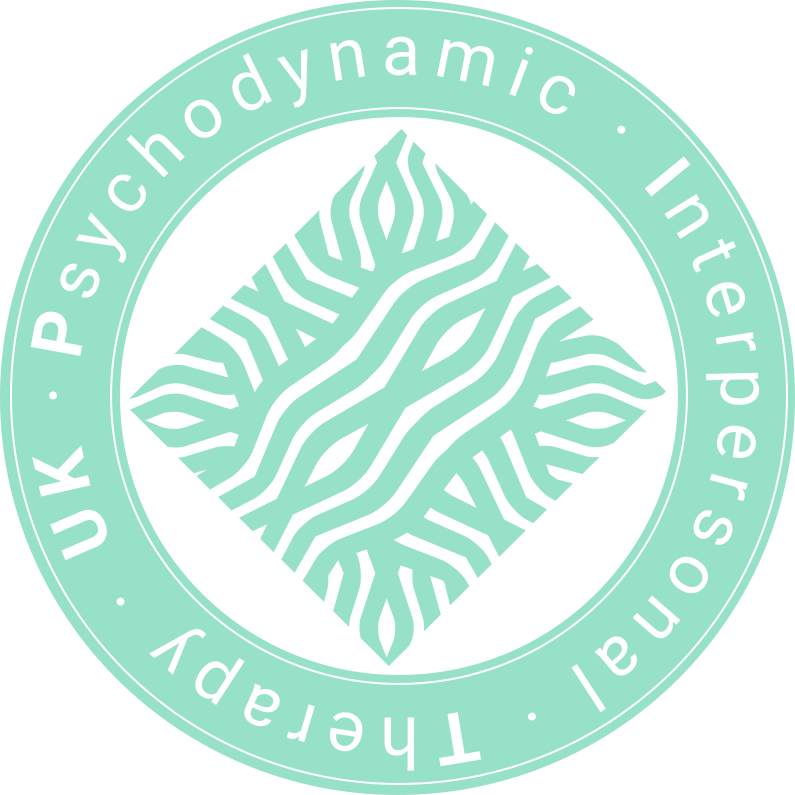Letters have formed a key part of PIT, especially in its brief form. Else Guthrie’s research group used letters to pull together four session therapies after self-poisoning in a study working in a general hospital.
Guthrie, E. Kapur, N. Mackway-Jones, K et al. (2001) Randomised controlled trial of brief psychological intervention after deliberate self-poisoning.
British Medical Journal 323: 135-138
When to use letters
Letters are not always part of PIT but they are used widely in the brief forms of therapy as a bridge between what is discussed in the sessions and supporting longer-term change. When they are used it is best to introduce the idea at the beginning of the therapy.
The typical content will cover
- a description of the problems presented in the early sessions using the client’s own words
- moments of shared feeling, living symbols and metaphor and how these were explored (sometimes there may be a guiding image that carried across several sessions)
- An explanatory hypothesis which links symptoms, feelings and relationships
- These are linked to problematic patterns in relationships and how these have impacted on the client
- Avoided and painful or warded-off feelings
- progress in therapy including reduction in warded-off feelings, increased sharing of the problems with the therapist and changes in relationships outside the therapy
- A timeline linking past, present and future
- Acknowledgement of the ending and any difficult feelings arising from that
- Reference to changes to be continued after the therapy with suggestions about how change can be maintained
Psychodynamic Interpersonal Therapy: A conversational model pp 129-133
Barkham, M et al 2017 London: SAGE
See pages 132 and 133 of this book for an example
The letter is usually shared in the next to last session and can be a focal point in a follow-up session if that occurs.
